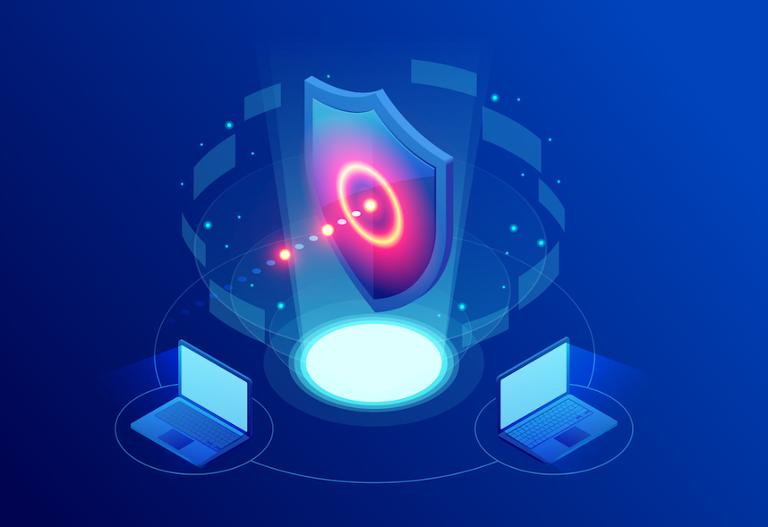Tech training (and certification) is rapidly evolving into something that actually has measurable, real-world value. Many training organizations are beginning to emphasize this trend, while helping to create new skill sets that actually benefit both technology job seekers and the companies recruiting tech talent.
Not so long ago, businesses were faced with the almost insurmountable challenge of finding qualified tech professionals. This challenge was amplified by the realization that many of the awarded certifications either quickly became outdated or didn’t accurately reflect professionals’ skill-sets and training. Simply put, the certifications of yesteryear were often nothing more than a testament that someone could memorize some answers and pass a multiple-choice test.
What’s more, tech training had transformed into little more than training certification candidates how to pass those tests. The result was a swarm of so-called “qualified job seekers” who had no real-world knowledge to perform the jobs they were hired for. Nowhere is that truer than in the cybersecurity field.
A recent global survey by ESG reveals that, for 2018-2019, 53 percent of the organizations reported a problematic shortage of cybersecurity skills. This is an increase from 2017-2018, when 51 percent of those surveyed reported a problematic shortage of cybersecurity skills. Back in 2015-2016, 42 percent indicated a skills shortage. Yes, the cybersecurity skills shortage is getting worse, perhaps fueling those in the cybersecurity education business to rethink their educational offerings and bring real-world skills into the mix.
The need for comprehensive cybersecurity education and training is on a growth trajectory, especially if you consider the implications of a recent report from Skillsoft.
Skillsoft’s Tech Learning Consumption Trends research report, which explores the learning-consumption data patterns of nearly 12 million technology professionals, offers some interesting insights. For example, of the training that Skillsoft delivered worldwide, cybersecurity education proved to be second only to networking and operating systems. Those seeking education have come to prefer courses (supplemented by books), and have embraced the concept of “microlearning,” a methodology that breaks security education into small, easily consumed chunks.
Mike Hendrickson, VP of Technology & Developer Products for Skillsoft said: “Our data shows that microlearning helps, with users consuming more content in less time, allowing for a more efficient method to learn. Microlearning contributes to learners completing content at a higher rate but with fewer hours invested.”
The report also revealed that the most popular cybersecurity certifications are now EC-Council’s Certified Ethical Hacker, CompTIA Security+ and ISC2’s Certified Information Systems Security Professional (CISSP). All of these have recently evolved to include hands-on and real-world knowledge, further stressing the importance of educational resources that provide real-world situations as training examples.
Skillsoft is not the only education resource in the game. Other well-known organizations are making significant changes to their education programs. For example, Cisco Systems recently announced sweeping changes to its training and certification programs, with the goal of increasing their real-world value; this move demonstrates a broader trend by organizations that provide training and certification to place more value on practical aspects.
Susie Wee, senior vice president and CTO of DevNet at Cisco Systems, said: “Training and certifications for network professionals and software developers have become a must. The goal here is to bring enhanced software skills to networking, enabling application developers to write applications that leverage the full capabilities of the network.”
Industry group CompTIA has also recently revamped some of its certification programs. For example, the latest version of the CompTIA Security+ exam incorporates several different training paths, ranging from classroom-led instruction to self-paced, online microlearning offerings. “For certifications to have real value today, people must immerse themselves in the technology,” noted James Stanger, CompTIA chief technology evangelist.
As more and more vendors enter the world of cybersecurity training, those seeking educations will have many resources to choose from. That said, due diligence is still required to pick the best fit in an educational resource, and it’s now imperative to seek those who can educate the next crop of cybersecurity professionals to meet the actual challenges of the real world.



